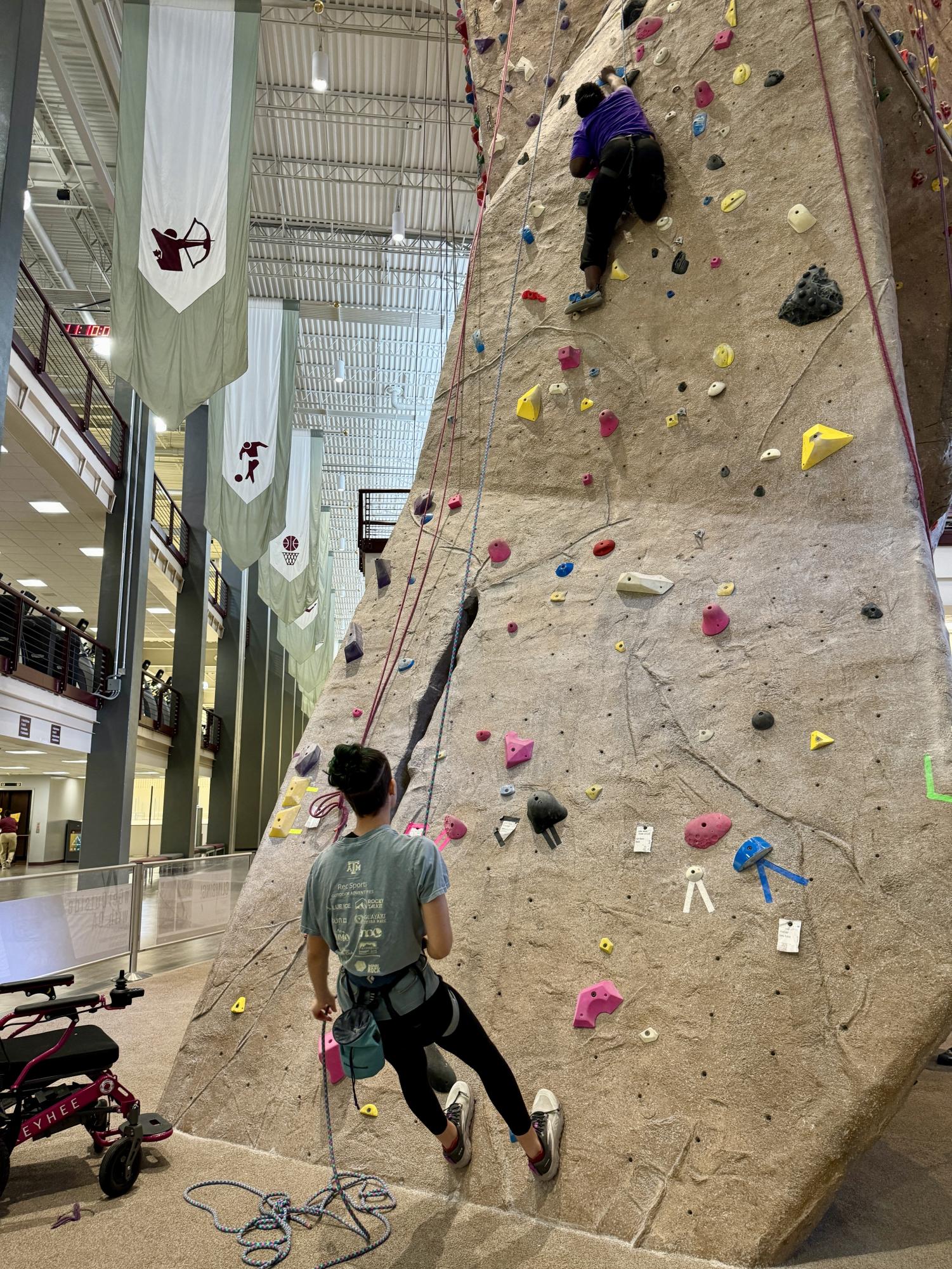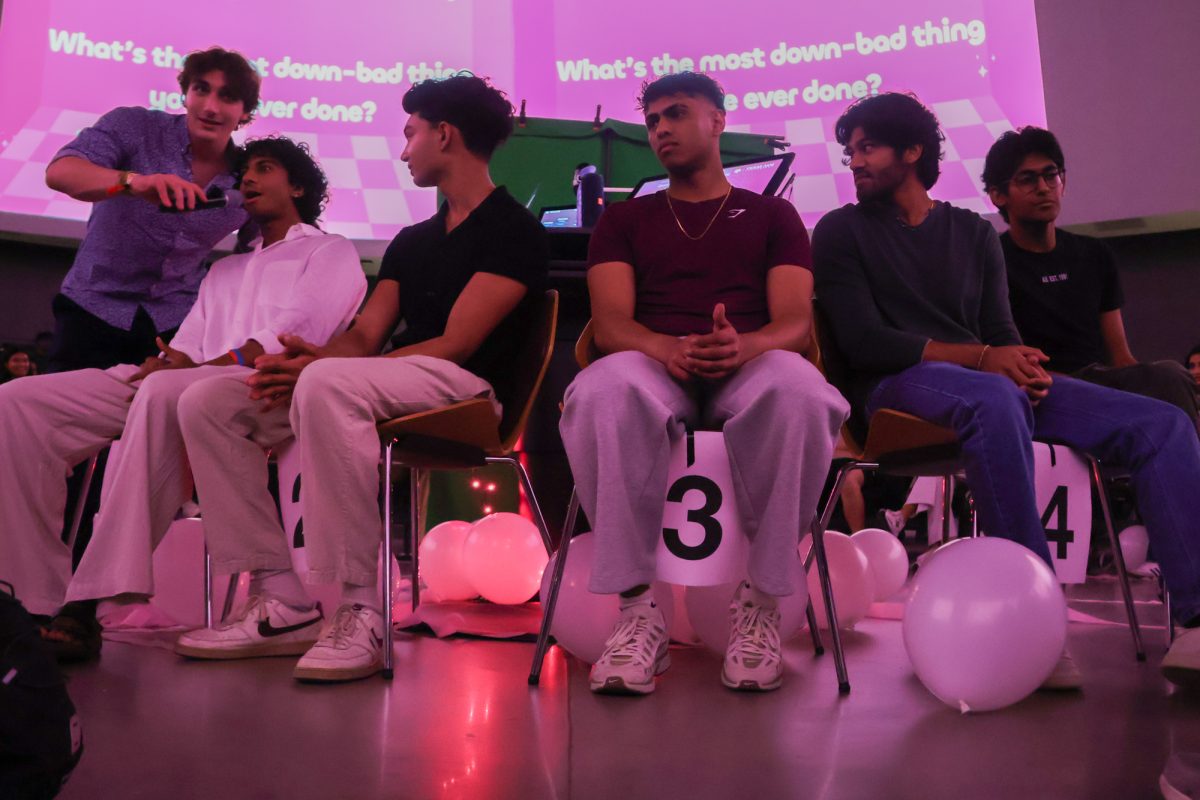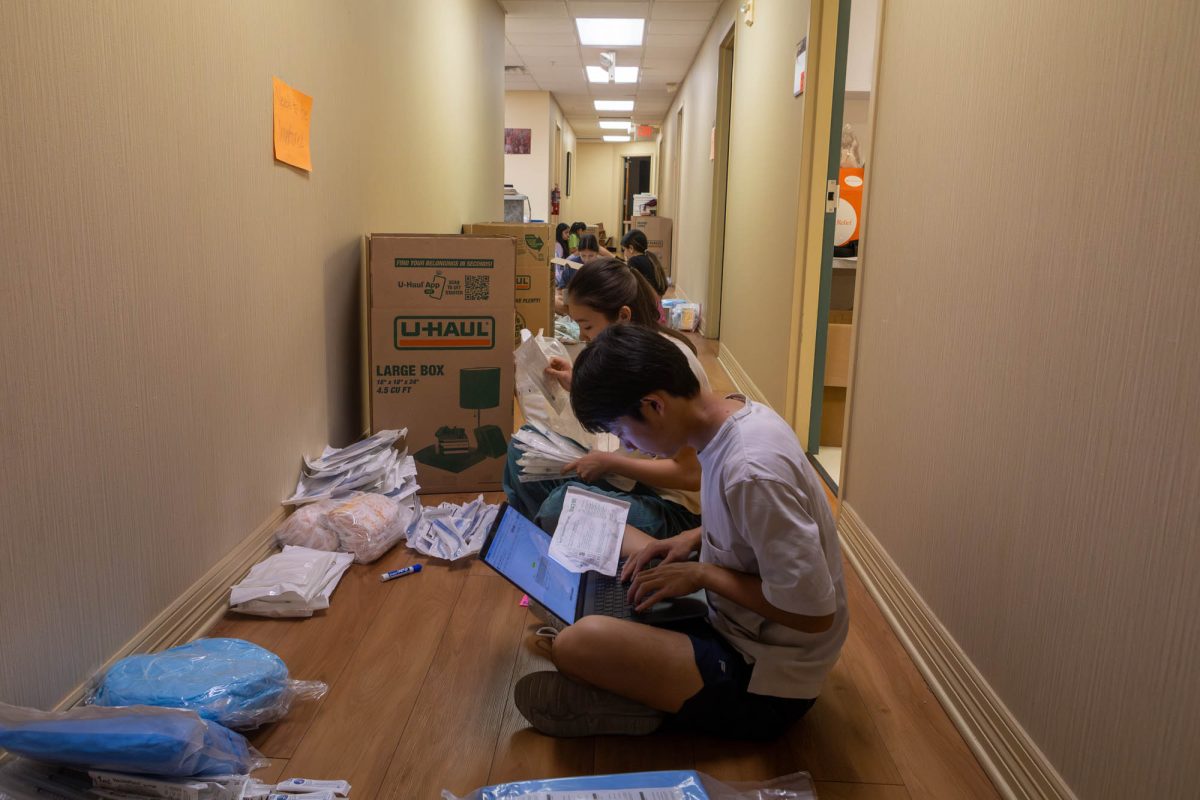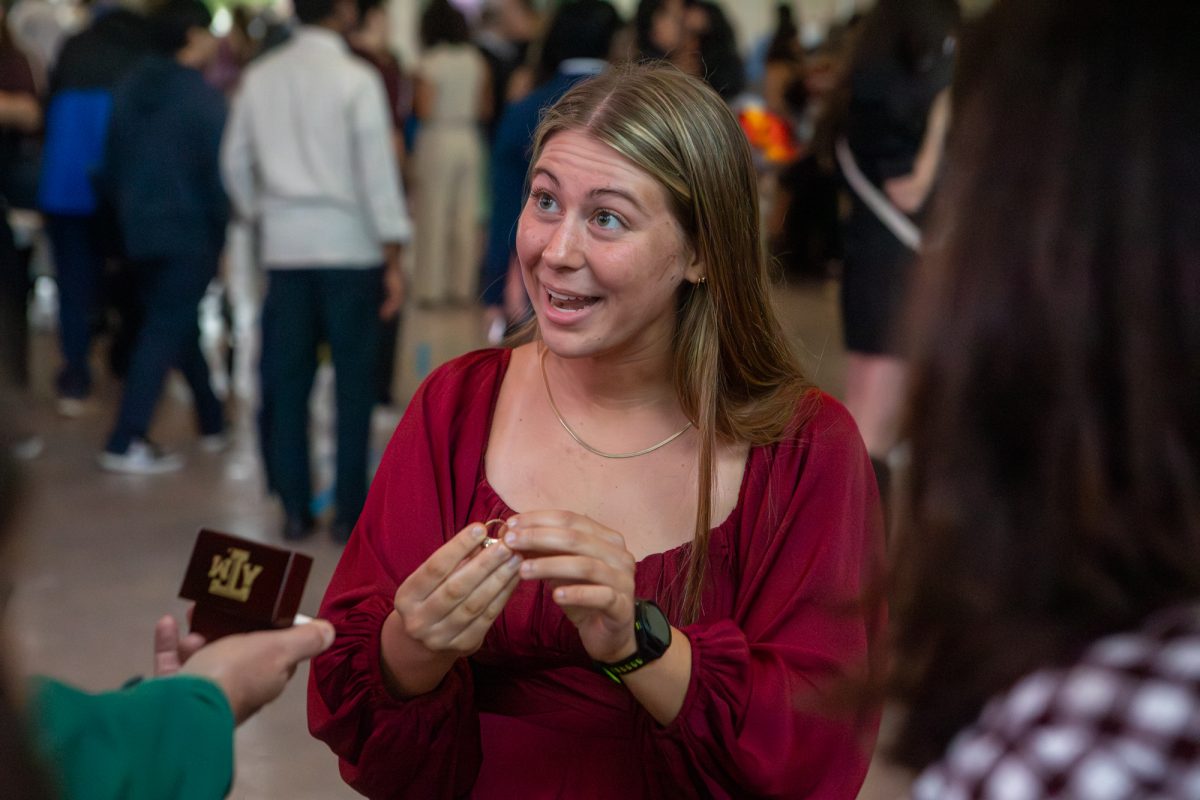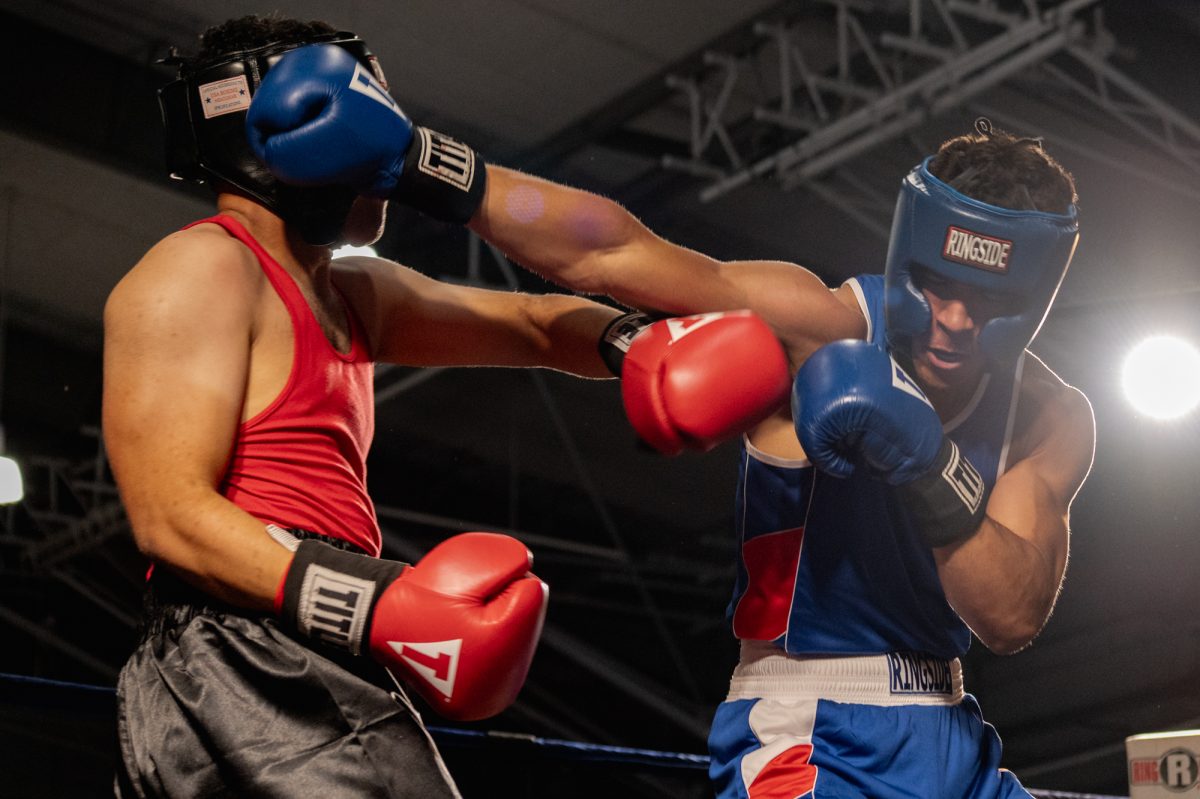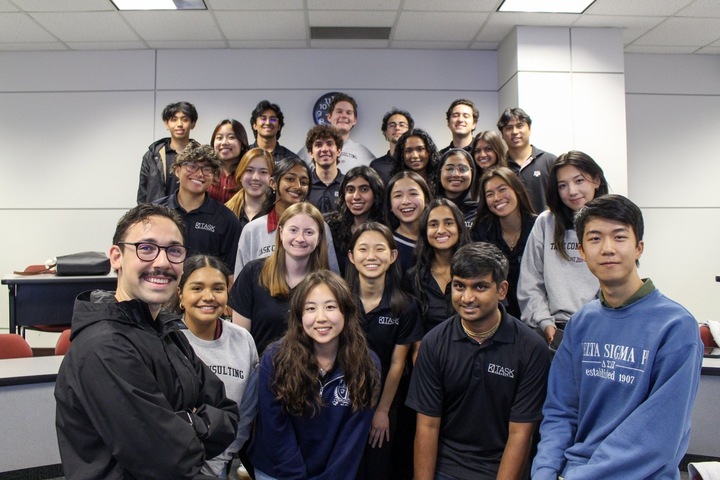For many students, the world of sports can feel far-fetched, like a game viewed from the sidelines. Despite having access to the same facilities as everyone else, they still face the challenge of finding a sport that truly aligns with both their physical needs and ambitions.
Texas A&M Rec Sports’ adaptive climbing clinics try to bridge this gap, transforming participants not just into climbing beginners but into skilled athletes with the same opportunities for growth, thrill and achievement as anyone else. Here, the climb isn’t just up a wall — it’s a journey toward confidence, connection and belonging.
Neuroscience sophomore Divine Favor Akinbobola is a climber who has been using these programs since they first launched.
“After my surgery, I felt like I couldn’t play sports anymore, and before that I played every sport you could imagine — like tennis, soccer, volleyball [and] basketball was my favorite,” Akinbobola said. “And I kind of went through this limbo period of like two years where I felt like I couldn’t play sports, so I didn’t really try.”
Akinbobola said after meeting with Paralympian Ezra Freck and learning how to run on a running blade, she began to focus on all the possibilities on her horizon. Even though she is terrified of heights, Akinbobola thought of climbing her first wall.
Meteorology senior and founder of A&M’s adaptive climbing clinic Sierra Hills said she saw the invisible barriers students faced in sports — a gap where adaptive programs could make all the difference. As a passionate climber herself, she recognized what scaling a wall could mean for someone who thought they’d never have the chance.
“I don’t think Divine’s ever climbed before,” Hills said. “But now she comes here during opening hours for the wall, and she climbs whenever she has time. If not, other gyms that would offer such facilities are in Houston, Austin, Dallas — and that’s way too long.”
A&M Outdoor Adventures program director Todd Grier said he vividly sees the progress of the program participants.
“Last spring, Divine used to come up to the desk and ask, ‘What can I do?’” Grier said. “Today, she came straight to the desk, and she needed a 10 and a half left shoe; she knows how to navigate this system. You can see her tying and untying the knots. She’s a climber.”
Grier said when they set the programs up, they hoped someone could come in and learn the system. When the participants arrive, the team assesses what rigging and support they might need to make the wall accessible. They work together to identify the equipment that best suits each climber’s abilities, adjusting as they go. Each session becomes a dynamic, collaborative process where both the climbers and staff refine the approach, creating a personalized experience that evolves to meet individual needs.
“We can do a lot of things here at the Rec that don’t require adaptation,” Grier said. “If folks want to come and try playing badminton, if they want to try playing pickleball, we don’t necessarily need sports chairs for that.”
Climbing program coordinator Michael Gonzalez said he receives helpful feedback from the program participants.
“We always provide the tools, and they figure out what works best for them,” Gonzalez said. “So far, people have been really happy with the amount of tools that we have. We’re always consistently trying to improve the program. Some sort of equipment might work for some but not for others.”
Akinbobola said she appreciates the consistency of the program compared to other adaptive sports programs she attended, which are only available once per year or so.
“It’s like we’re integrating into the Rec,” Akinbobola said. “We’re doing this in an open space where everybody can get a different perspective of, ‘Oh, so this is how to climb if I get hurt.’ Or, ‘If I can’t use my arm, this is how I would climb.’ I think just having an open space in there where everybody’s here … creates that sense of community and belonging.”
The program envisions a future accelerated by the passion of volunteers and the dedication of its extraordinary staff.
“If any other community wants to partner with us, we are all ears,” Grier said. “Right now, we are just trying to make sure we’re serving the student body on campus.”


